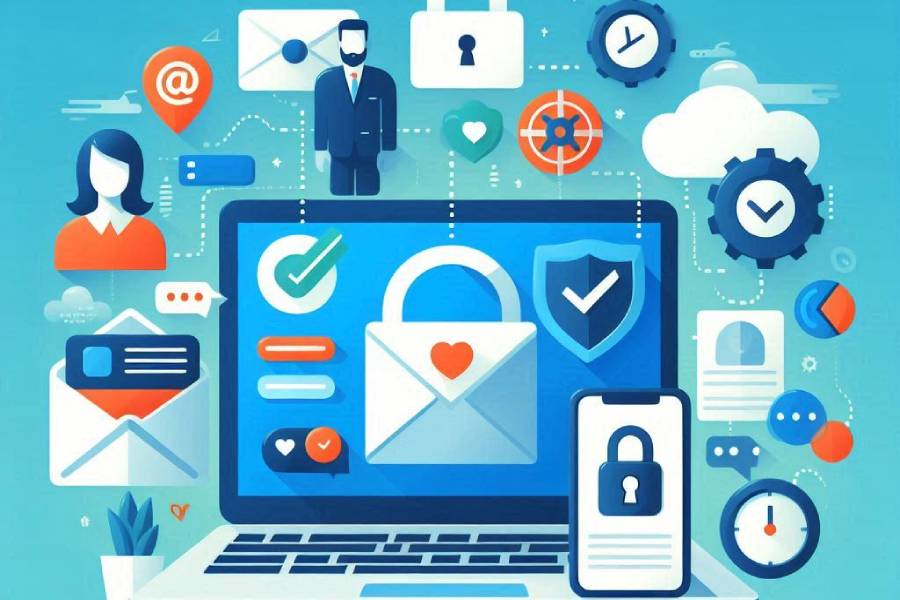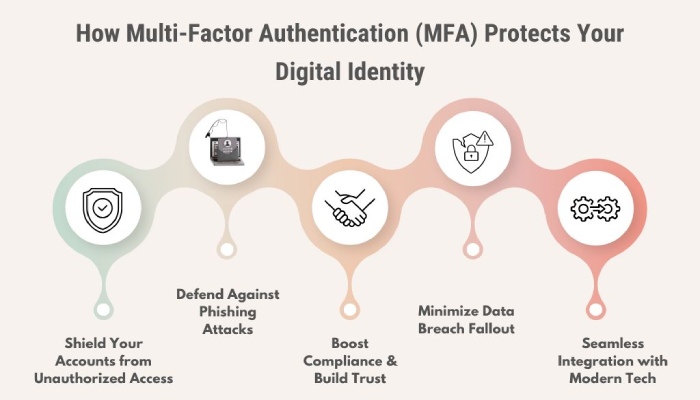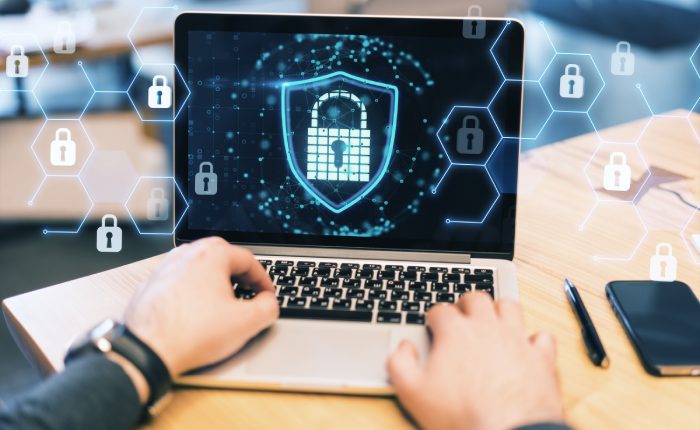How to safeguard your online presence with MFA and DMARC?
Digitization seems like a double-edged sword. You choose it, and you may lose your data. You ignore it, and you will be declared obsolete soon!
Every day, we come across multiple news stories of cyberattacks around the globe. This makes us believe that cyber threats are real and that threat actors are lurking around us, waiting to attack us the moment we go carefree. Common people as well as the biggest global agencies and critical infrastructures have been on the radar of threat actors.
This is exactly why you should never get lenient when it comes to your online presence. But worry not! It is not just you, but the one million people too, who join the digital space every single day!
Here’s a small trivia to give you all a reality check. The consequent damage caused by cyberattacks in 2024 hit 9.5 trillion USD globally! Now that you understand the extent of damage that threat attacks can actually cause financially, here’s what waits for you- the intangible aspect of such scams. Apart from monetary loss, brands and businesses face severe reputational loss too. They lose the trust of their clients as well as other important stakeholders.
So, is there any way out of this cyber chaos? Definitely! There’s a thing or two that will actually come in handy and enable you to enjoy your virtual presence without losing your sleep over data loss threats.
Keep reading to find out how you can safeguard yourself from the prying eyes of threat actors!
Improve your password game!
Do you remember the first ever password that you used in high school? Maybe it was something simple like XYZ123 or abcd3456! It’s high time you realize that things have changed drastically in the digital landscape, and today, you cannot afford to have such simple passwords. Threat actors are getting sophisticated, one attack at a time. They have easy access to so many state-of-the-art tools, using which they can crack such easy passwords in a fraction of a second. Besides, artificial intelligence has made it actually very easy and effortless for the cyberattackers.
Password standards have evolved manifold. When creating new passwords on any website, you are required to use an intricate combination of lowercase and uppercase letters, special characters, numbers, and a specific number of characters. It may appear frustrating to create such a password. But such a password definitely makes it a little more difficult for threat actors to crack. But know that even such an intricate password is not enough to keep you digitally safe. In reality, hackers can easily crack passwords through multiple means, such as data breaches, phishing, or leveraging high-end hacking tools.
That is exactly why more and more websites are embracing passphrases. Stronger and way safer as compared to old school passwords, passphrases tend to be longer in nature. Another great thing is that they are quite easy to memorize. Also, in most cases, passphrases only make sense to the user and cannot be easily guessed by others. The element of personal relevance makes it easy for users but extremely difficult for hackers.
MFA to your rescue!
As you know, passwords alone are not enough to protect your accounts from scammers.
A multi-factor authentication (MFA) system can be considered an extra layer of security for your virtual presence. MFA is not limited to just passwords. You are required to take extra steps that will enable you to verify your identity. These extra steps can either look like scanning your fingerprints, entering a specific code, or leveraging facial recognition features.
A multi-factor authentication system gives a hard time to threat actors in gaining unauthorized access to your digital account. They may have your password but still find it hard to access your account because of MFA. So many companies are slowly moving to MFA.
However, even MFA can sometimes disappoint you as experienced cybercriminals may find their way around certain MFA systems through phishing attacks. It is, therefore, advisable to deploy phishing-resistant MFA systems for your business.
DMARC for 360-degree online security
Now that we have mentioned the term “Phishing”, it is high time we discuss DMARC. Back in 2019, the NIST (National Institute of Standards and Technology) recommended deploying DMARC (Domain-based Message Authentication, Reporting, and Conformance), backed by SPF (Sender Policy Framework) and DKIM (DomainKeys Identified Mail) policies. These email authentication tools, when working together, can detect any kind of suspicious activity by alerting the recipient email servers. Together, they can detect potential threat attacks and thereby prevent spoofing and phishing risks.
CISA (Cybersecurity and Infrastructure Security Agency) teamed up with NIST in 2022 and published a set of cybersecurity practices, that were designed by keeping in mind the security threats faced by IT and other operational technology owners. These guidelines emphasized email security and advised deploying DMARC, SPF, and DKIM policies to bring down phishing, spoofing, and interception risks.
The ultimate combo of MFA and DMARC
MFA and DMARC, when deployed together, can offer you peace of mind in the digital arena. You can go to bed peacefully knowing that your data is safe out there. Basically, sophisticated threat attacks have made it impossible to protect yourself digitally with just one defence strategy. You need multiple strategies, one aligned with the other, to keep cybercriminals at arm’s length.
Deploying SPF, DKIM, and DMARC policies can keep your email communication system safe. On the other hand, multi-factor authentication can further bolster your overall virtual security by preventing unauthorized access. Lastly, having a robust password system can add to your overall cybersecurity mechanism.
Once you have all the strategies in place, you will realize that what you need the most is cyber education. Keeping yourself well-versed in the latest trends in the cybersecurity landscape and staying vigilant enough while deploying the right set of security tactics can keep you safe online.
So, wait no more and start digging deeper into the world of MFA, DMARC, and advanced passwords if you wish to secure your online presence!


